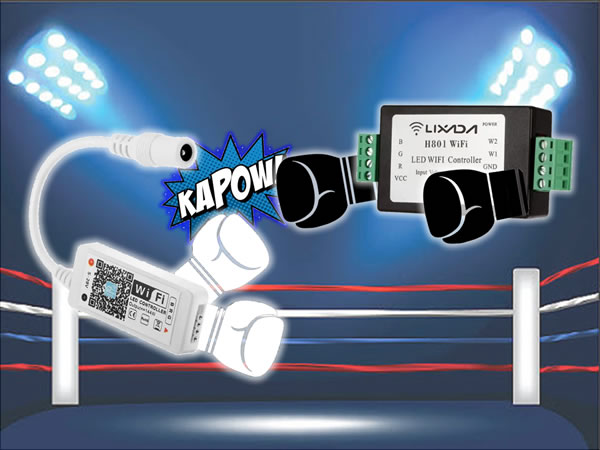
So this post is kind of a follow on from my earlier post where I flashed my Magic Home Led controller with Tasmota firmware for use in Home Assistant. I wanted to create a few more LED strips and this time I chose a H801 controller from Banggood. Both the Magic Home and H801 controllers are similar ESP8266 based devices with a few key differences. Both have their pros and cons that I will try and demystify below while proving a review into their usability with Home Assistant.
Magic Home Controller
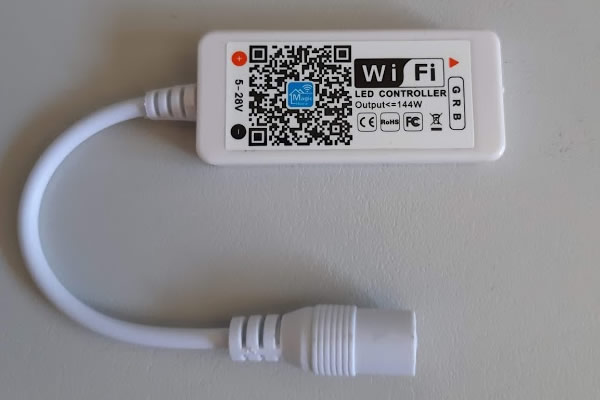
The Magic Home controller is often sold under various names like Arilux or Fluxled and probably a few more. These controllers by default can be controlled via the Magic Home Pro app that is available via Apple’s ios app store or Google Play for Android. Prior to flashing my devices with Tasmota I did give the app a go and I found it quite good, also looking at the comments on the Google Play Store the app seems well-supported by the developer. The only negative point I give to the app is for the need to set up an account just to add a new device.
In default mode the device can still be connected to Home Assistant via this integration and this is how I have set them up at a friends house. It has been reasonably reliable like this and has saved me from modifying his devices.
With regard to hack-ability the Magic Home can be hit-and-miss, I have seen several variations of PCBs in these devices and only one I would class as easily hack-able with test points on the back side of the PCB as shown in my earlier post and below. Other units I have seen require soldering directly to ESP8266 chip itself which can be difficult even for the most experienced solderer. Also note that prying the top off the device can be tricky in order to get to the goodies inside.
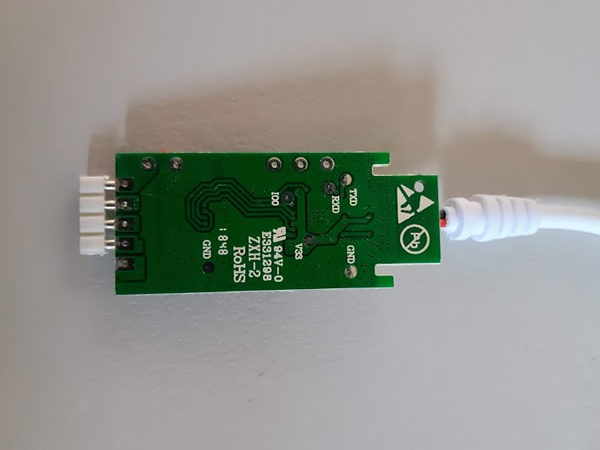
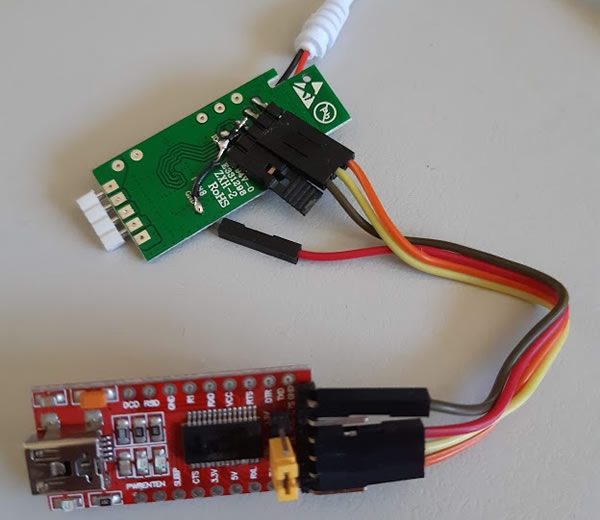
H801 Controller
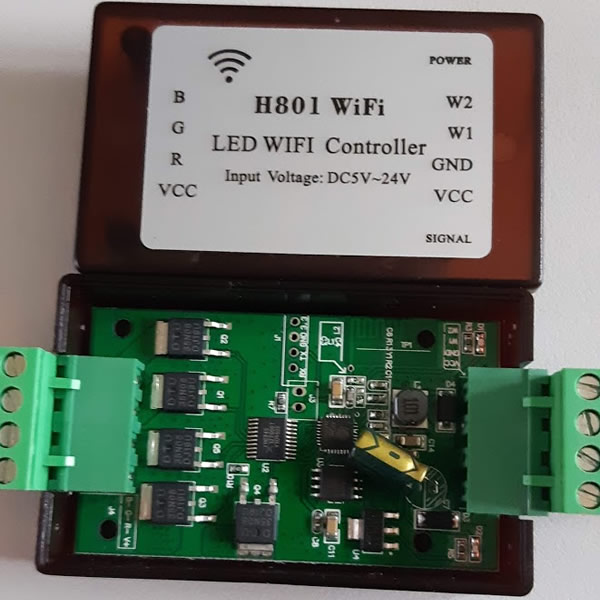
The H801 Controller is often sold as a no name controller, but I have seen photos with the name Lixada on the label. The one I purchased was just listed as a Smart LED Dimmer. Slightly more expensive than the Magic Home and much larger, this device really shines in the area of hack-ability. Once you unscrew the device you will find a row of holes in the PCB ready for a header to be soldered to enabling flashing of new firmware, there even is space for a two pin header just for the programming jumper. Other nice touches include the fact the top can only be screwed back on one way around so you can never get the sticker on top with the terminal layout around the wrong way. Also, the screw terminal blocks on either side of the device unplug easily so if you want to unplug the device for reprogramming while leaving your leds in situ you can really easily.
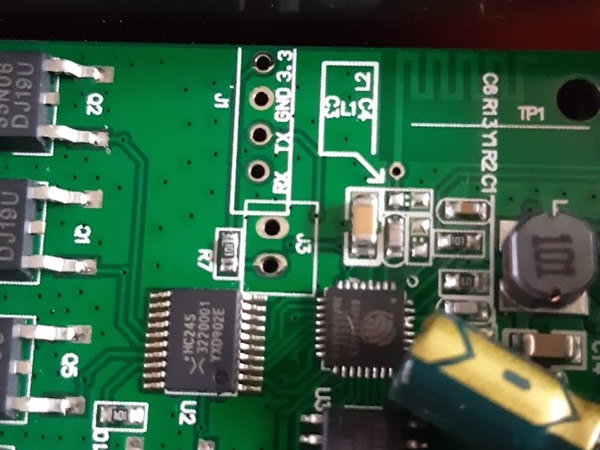
On the PCB side of things the drivers to each of the LED channels are much beefier than on the Magic Home PCB so it would be safe to assume that this controller could run a much larger string of LEDs than the Magichome device. Other niceties include LEDs for power and signal (both driven from the ESP8266) and the option of 2 extra outputs. So this device is a RGBWW unlike the Magic Home that either comes as an RGB or slightly more expensive RGBW variants. Personally I would struggle to find a need for the 5th output but at least it is an option.
Now to the con part of the H801 controller and that is the default app that is designed for the H801. While I purchased this with the plan to flash the device as soon as I got it, I also decided to try out its own app for the completeness of this post. While there are instructions on the banggood website on how to set up the app, there is no app link and only the mention of a LEDDimmer.apk, so this is a side load kind of app that you won’t likely find in the Google Play Store and definitely not in the Apple’s app store. I eventually found the apk file on aliexpress but despite my best efforts I could not get it to work. I really wonder why these companies bother with their own software and app at all. Putting some open source firmware on the device from the factory would give many users a better experience and may cut their development costs. I have since flashed my device with the open source Tasmota firmware just like I did with my earlier Magic Home devices and It performs just as well as those devices.
Wrap up

In my opinion the H801 is the clear winner for me as I was always going to flash the device with another firmware, so the shortcoming of the controllers original software are blown away. Despite this I do see a need for the Magic Home controller, its small size may be more suitable for some applications and not everyone wants to muck around flashing new software to the device. Fortunately Magic Homes native app is quite good for what it is and the device can be interfaced with Home Assistant without flashing the device with a custom firmware.
Have you used either of these devices by themselves, with Home Assistant or another smart home hub? Hit up the comments below to share your experience with them.
Resources
Flashing the H801 with Tasmota
Arilux (Magic home) Controller at Banggood
H801 Controller at Bangood
Tasmota programming guide for the H801
ESPHome programming guide for the H801
H801 Android App download link LEDDimmer.apk